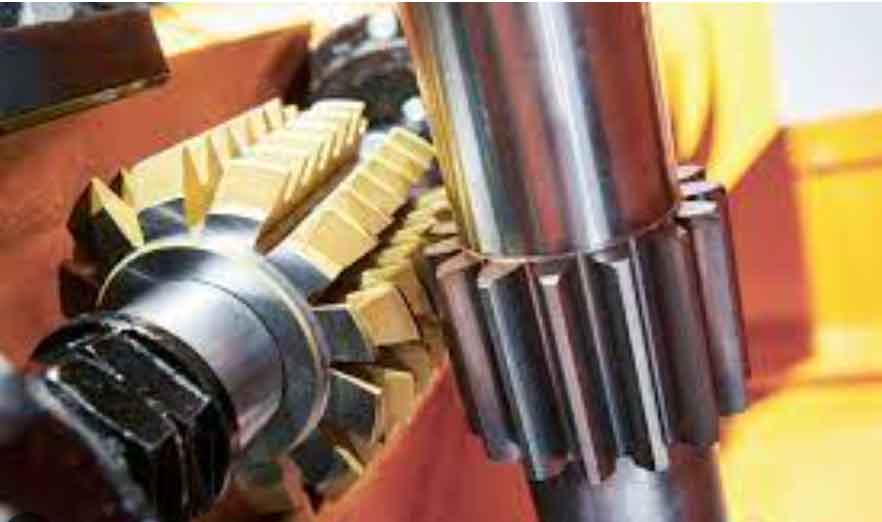
Gear hobbing is a widely used manufacturing process for cutting teeth into gears. It is a highly precise and efficient method for producing a variety of gears used in various industries, including automotive, aerospace, and machinery. To master the art of gear cutting through hobbing, several techniques and considerations come into play. Let’s explore them in detail.
- Understanding Gear Hobbing:
- Gear hobbing involves the use of a specialized cutting tool called a hob to generate teeth on a gear blank. The hob has a series of equally spaced cutting edges that progressively remove material as the gear blank and hob rotate relative to each other. The result is a gear with accurately formed teeth.
- Hob Selection:
- Choosing the right hob is crucial for achieving accurate gear teeth profiles. Hobs are available in various sizes, types, and configurations. Factors to consider when selecting a hob include the gear module (pitch), pressure angle, number of teeth, and the type of gear (e.g., spur gear, helical gear, worm gear).
- Machine Setup:
- Proper machine setup is essential to ensure accurate gear cutting. The gear hobbing machine should be carefully calibrated and adjusted to achieve the desired gear specifications. This includes aligning the hob and gear blank, setting the proper hob shifting and feed mechanisms, and adjusting the machine parameters for speed and feed rate.
- Hobbing Techniques:
- There are different hobbing techniques used to produce specific types of gears:
- a. Straight Gear Hobbing: This technique is used for cutting spur gears, which have straight teeth. The hob is set at the correct helix angle to generate the desired gear tooth profile.
- b. Helical Gear Hobbing: Helical gears have teeth that are inclined at an angle to the gear axis. In helical gear hobbing, the hob and gear blank are set at a specific helix angle to produce the helical gear teeth.
- c. Worm Gear Hobbing: Worm gears have a worm-shaped hob and a gear with helical teeth. The hob and gear are set at specific angles to generate the worm gear teeth accurately.
- There are different hobbing techniques used to produce specific types of gears:
- Cutting Parameters:
- Optimizing the cutting parameters is crucial for achieving high-quality gears. The parameters include hob speed, workpiece rotation speed, feed rate, and axial and radial depth of cut. These parameters depend on factors such as the material of the gear blank, desired gear quality, and the capabilities of the hobbing machine.
- Lubrication and Cooling:
- During the gear hobbing process, proper lubrication and cooling are necessary to reduce friction, prevent overheating, and extend tool life. The use of suitable cutting fluids helps to flush away chips and maintain consistent cutting performance.
- Quality Control:
- To master gear hobbing, effective quality control measures are essential. This includes regular inspection of the gears produced to verify dimensional accuracy, tooth profile, surface finish, and overall gear quality. Various measuring tools such as gear checkers, coordinate measuring machines (CMMs), and gear analyzers can be used for quality assurance.
- Tool Maintenance:
- Regular maintenance of the hob and the hobbing machine is vital for consistent gear cutting performance. This involves proper cleaning, sharpening or replacement of hobs when worn, and periodic inspection and calibration of the machine.
- Continuous Learning:
- Mastering the art of gear hobbing is an ongoing process. Keeping up with the latest advancements in gear cutting technologies, attending training programs, and staying updated with industry standards and best practices will help refine your skills and expertise.
Remember that gear hobbing is a complex process, and it may require specialized knowledge and experience to achieve optimal results. Working with experienced gear manufacturing professionals or attending specialized training programs can significantly aid in mastering the art of gear cutting through hobbing.
